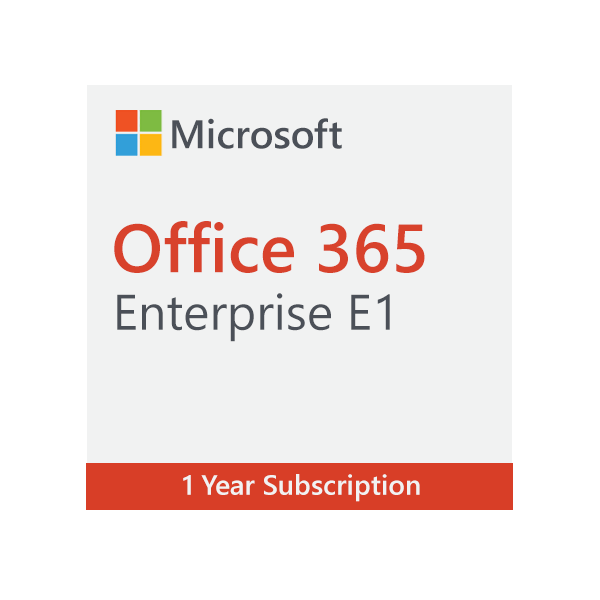

- #INTEGRATION PROJECT OFFICE 2016 ANSWERS HOW TO#
- #INTEGRATION PROJECT OFFICE 2016 ANSWERS PROFESSIONAL#
- #INTEGRATION PROJECT OFFICE 2016 ANSWERS WINDOWS#
More about importing and exporting project data On the last step, click Save Map if you want to reuse it, and then click Finish. On step 5, verify the mapped fields, make adjustments as needed, and click Next. On step 4, pick the type of information you're importing so the wizard can map it from Excel to Project, and click Next. On step 3, import your data into a new project or the project you have open, and click Next. On step 2, create a map from scratch or pick an available predefined map that matches your data, and click Next. In the Import Wizard, click Next to get started, and follow the steps to complete the import. Locate and select the workbook you want to import, and click Open. In the Open box, click the arrow next to XML Format, and pick Excel Workbook or Excel 97-2003 Workbook (if your project data is in an earlier file format). On the New page, click New from Excel workbook. Just follow the steps to import the data in a new or existing project, and the wizard automatically maps it to the appropriate Project fields. You can do this by using the Project Import Wizard. If you started your project in Excel but need to manage more complex schedules, resource sharing, and tracking, you’re probably ready to move your data into Project.
#INTEGRATION PROJECT OFFICE 2016 ANSWERS PROFESSIONAL#
Server refuses modern authentication when Skype for Business Online tenants are not enabled.Project Online Desktop Client Project Professional 2021 Project Standard 2021 Project Professional 2019 Project Standard 2019 Project Professional 2016 Project Standard 2016 Project Professional 2013 Project Standard 2013 Project 2010 Project Standard 2010 More. If the server refuses a modern authentication connection, then Microsoft Online Sign-in Assistant is used. Modern authentication is attempted first.

Office client app versionĪuthentication behavior with modern authentication turned on for the tenantĪuthentication behavior with modern authentication turned off for the tenant (default) The following table describes the authentication behavior for Office 2013, Office 2016, and Office 2019 client apps when they connect to Skype for Business Online with or without modern authentication.

The following table describes the authentication behavior for Office 2013, Office 2016, and Office 2019 client apps when they connect to SharePoint Online with or without modern authentication. Server refuses modern authentication when the tenant is not enabled.įorces modern authentication on 2013, 2016, or 2019. If the server refuses a modern authentication connection, then basic authentication is used. Office client app versionĪuthentication behavior with modern authentication turned on for the tenant (default)Īuthentication behavior with modern authentication turned off for the tenantįorces modern authentication on Outlook 2013, 2016, or 2019.įorces modern authentication within the Outlook client. The following table describes the authentication behavior for Office 2013, Office 2016, and Office 2019 client apps when they connect to Exchange Online with or without modern authentication. However, explicit action is needed to use legacy authentication.Ĭlick the links below to see how Office 2013, Office 2016, and Office 2019 client authentication works with the Microsoft 365 services depending on whether or not modern authentication is turned on. Office 2016 and Office 2019 clients support modern authentication by default, and no action is needed for the client to use these new flows.
#INTEGRATION PROJECT OFFICE 2016 ANSWERS HOW TO#
Read How to use Modern Authentication (ADAL) with Skype for Business to learn about how it works with Skype for Business. HKCU\SOFTWARE\Microsoft\Office\15.0\Common\Identity\Version HKCU\SOFTWARE\Microsoft\Office\15.0\Common\Identity\EnableADAL The keys have to be set on each device that you want to enable for modern authentication: Registry key
#INTEGRATION PROJECT OFFICE 2016 ANSWERS WINDOWS#
To enable modern authentication for any devices running Windows (for example on laptops and tablets), that have Microsoft Office 2013 installed, you need to set the following registry keys. For instructions, see Enable Modern Authentication for Office 2013 on Windows devices. In order for these clients to use modern authentication features, the Windows client must have registry keys set. Legacy means that they support either Microsoft Online Sign-in Assistant or basic authentication. Office 2013 client apps support legacy authentication by default. For tenants created before August 1, 2017, modern authentication is turned off by default for Exchange Online and Skype for Business Online.


 0 kommentar(er)
0 kommentar(er)
